How to Prevent Water Damage to Your Home
Water damage is an event that most homeowners are desperate to avoid. Water is only meant to be within the building structure in a controlled sense—in supply pipes, drain pipes, sinks, and basins. Never should water run unabated in crawlspaces, basements, floors, or walls. The good news is that simple repairs can help you avoid everything from minor water damage on up to major water damage that necessitates expensive contractor work.
How Does Water Damage Homes?
Water damage is not always the result of dramatic events like hurricanes and floods. Homes often are ruined by pinhole-sized leaks in pipes, poorly graded soil, blocked gutters, or a sump pump that refuses to turn on. Much water damage results from easily curable flaws that most do-it-yourselfers can fix well in advance of a problem.
Water damage in a house can be truly disastrous. Left unchecked, even a slow leak will rot out drywall and studs, create black mold, and eventually weaken major structural elements like joists and beams. Stopping leaks before that first drop of water starts is the best way to prevent water damage.
Financially, water damage can devastate your bank account, as well. Homeowners insurance may cover much of the cost of repairs. Even so, deductibles and coverage limits mean that homeowners will still need to pay out-of-pocket for repairs. A better solution is to address potential problems well in advance.
Safety Considerations
A few of the suggested repairs and inspections require you to be on your home's roof. Make sure that you mount the roof with a sturdy ladder and that you wear shoes that are not prone to slipping. You may wish to wear a safety harness when working on the roof.
Project Metrics
- Total Time: 1 to 2 days of intermittent work
- Skill Level: Beginner
- Material Cost: $50 to $100
What You Will Need
Equipment/Tools
Materials (As Needed)
- Caulk
- Downspout extensions
- 90-degree downspout elbows
- Replacement shingles
- Roofing nails
- Sink P-traps
- PEX pipes and fittings
When to Call a Professional
If you find it difficult or uncomfortable to undertake roof shingle replacement, copper pipe replacement, or chimney repair, you should call licensed professionals to do the work for you.
Attend to the Downspouts
- Project: Run water through the gutters to make sure that the downspouts are flowing. If necessary, add a 90-degree downspout elbow and a downspout extension to carry the water at least 2 feet or more away from the house.
- Time: 30 to 60 minutes
- Tools and Materials: Downspout extension and elbows
Downspouts pick up water from the gutters and bring it down the side of the house. It is a simple concept that works well. But downspouts that end perpendicular to the ground run the risk of thrusting the flow of water alongside the foundation. Rainwater pushed at such high volumes rapidly erodes the soil around the house and can leak into the home via the foundation, causing major damage.
Fix Cracked or Missing Caulking
- Project: Caulk areas inside and outside of the house that are cracked or missing caulk.
- Time: About 1 hour
- Tools and Materials: Caulking gun and caulk
For little more than the price of a tube or two of exterior-grade caulking, you can eliminate leaks around windows and doors well before they begin.
When the weather is fair, make a circuit of your home's exterior to look for cracked or missing caulk. Pay special attention to the top of the window casing, where water can accumulate.
Any crack that you notice must be filled in; there is no such thing as a good or acceptable crack. On the inside, look for tell-tale signs of water leakage such as mold spots, bubbled paint, crumbly drywall or plaster, or termite activity.
Grade the Exterior Soil
- Project: With a shovel and a rake, move the soil around your home so that it declines a minimum of 5-percent for the first 10 feet.
- Time: 1 to 2 hours
- Tools and Materials: Shovel and rake
The ground adjacent to the house is supposed to incline as it nears and touches the foundation wall. Ground that declines toward the house will result in pooled water. Pooled water can enter the foundation at that point or it can seep downward and come up through the basement floor.
The easy and effective solution is to re-grade the soil so that it ramps down away from the foundation wall. The farther you can continue the slope away from the house, the better off you will be. Pack down the soil so that water is encouraged to move along the top of the soil, not soak into it.
Inspect the Roof
- Project: Get on the roof and inspect it for loose, broken, missing, or cracked shingles
- Time: 1 to 2 hours
- Tools and Materials: Hammer, roofing nails, and shingles
Without a weather-tight roof, it is guaranteed that your house will suffer water damage. Even short of catastrophic roof collapse, roof systems can leak in any number of ways. Before inclement weather sets in, set a ladder against your house and walk the roof, inspecting and correcting any shingles that may permit water to flow into the house. Also look for overgrown moss that can work under the shingles and any damage from fallen limbs.
Clean and Maintain the Gutters
- Project: Clean the gutters
- Time: 2 hours
- Tools and Materials: Ladder
Like the pipes in your house, gutters and downspouts can be thought of as a type of exterior system of pipes that move water off of your roof and well away from the foundation. Water spilling over packed gutters erodes soil adjacent to the house and can compromise the foundation. Water leaking through foundation walls can damage walls and floors.
Cleaning your gutters and downspouts once or twice a year is the best way to prevent all of that water damage, simply for the price of hiring a worker or purchasing an extension ladder.
In winter, clear out ice dams as soon as they build up. Add ice dam protection to the perimeter of your roof to prevent water from backing up and leaking through the roof and into the attic.
Keep Your Drains Healthy and Flowing
- Project: Inspect under sinks and make sure that drains are not leaking. Repair or replace P-traps.
- Time: 30 to 60 minutes
- Tools and Materials: Replacement P-traps
Sinks are meant to capture water and divert it to the sewer main through waste pipes. Every part of that system must function perfectly. If not, wastewater will leak into sink cabinets. Even worse, branch lines leading to the drain-waste-vent (or DWV) can leak between floors or inside of walls. Keep your sinks and drains in top condition:
Avoid pouring grease down drains.Keep drains clear with a regular cleaning schedule.Always keep a strainer in place on sink and shower/tub drains.Frequently clean out the strainer and deposit the debris in the trash, not back down the drain or in the toilet.Make sure that your tub's overflow drain is draining and not leaking.Regularly check on every drain trap, located in sink cabinets.
Inspect and Repair the Chimney
- Project: Inspect the chimney for loose mortar or cracked bricks. Also, look inside the attic around the chimney area for signs of leakage around the chimney.
- Time: 1 hour, inspection only
- Tools and Materials: Ladder and flashlight
Any opening in your home's outer envelope is a potential for leakage and water damage. The chimney is a giant opening that is typically not as well weather-sealed as windows or doors. Rain that comes through uncapped chimneys and especially through the sides, past the chimney flashing, will cause major damage in the attic, walls, and floors.
Install a chimney cap or make sure that your cap is properly attached.Have a chimney technician or contractor inspect the metal flashing around the chimney to ensure that no water is passing between the flashing and the chimney.Have the chimney mortar repointed and sealed by a qualified mason or do it yourself.Repair cracks in the chimney brick or mortar.
Monitor Your Water Pressure for Leaks
- Project: Check water bills' history for anomalies such as spikes in usage, comparing these demands on your water supply with past bills to see if they fit in the norm.
- Time: 1 hour
- Tools and Materials: Online or paper bills
A more recent method of checking for water loss is to purchase an electronic water leak detection system that installs directly on the main water supply line to the home. Sensors monitor water flow, pressure, and temperature. Leaks and burst pipes are caught before they cause too much damage. Products such as Flo and FloodMaster can even shut off the water main when this happens.
Maintain the Sump Pump
- Project: Make sure that the sump pump's electrical outlet is working and that the pump itself turns on and moves water.
- Time: 2 hours
- Tools and Materials: Bucket of water
Usually located in the basement or crawl space, a sump pump represents your home's last line of defense in the event of rising groundwater or interior flooding. When the water rises in the circular sump pit, the buoyant float triggers the electrically-connected motor, signaling it to start pumping water out of the home. A sump pump is a lot like a boat's bilge pump: It removes water from where it doesn't belong to a better area.
Make sure that your pump is still connected to the GFCI electrical outlet; that the GFCI is actually working; and that the pump will turn on.Ensure that the circuit breaker related to the sump pump GFCI is still flipped on. Newer arc-fault protection circuit breakers may fail. Keep an eye on these breakers and replace them as needed.Since pumps sometimes tilt over by accident, ensure that your sump pump is upright and that the float is working.Check that the sump pump is moving water by pouring water into the sump pit.
Switch From Copper Pipes to PEX Pipes
- Project: Replace corroded or even solid copper pipes with replacement PEX pipes.
- Time: Long-term project
- Tools and Materials: PEX pipes and related fittings
Copper pipes, standard in many homes for decades, can develop pinhole leaks, especially when they age out to the twenty-year mark. Like any kind of plumbing joint, soldered copper joints can fail. But even within an unseamed length of copper pipe, corrosion can cause holes that result in silent but steady leaks. These drips will wreak havoc on ceilings and inside of walls.
Changing out copper pipes for corrosion-free plastic PEX pipes ensures that no pinhole leaks will damage your home. Whole-house re-plumbing is invasive and expensive. But you can progressively change out sections of copper for PEX whenever you have access to a ceiling or wall since PEX can be effectively mated with copper. Once you learn how to work with PEX, you will find that it is easy and relatively fast to pull out your PEX-related tool and materials and replace a section of pipe.
Source: https://www.thespruce.com/how-to-prevent-water-damage-4178450
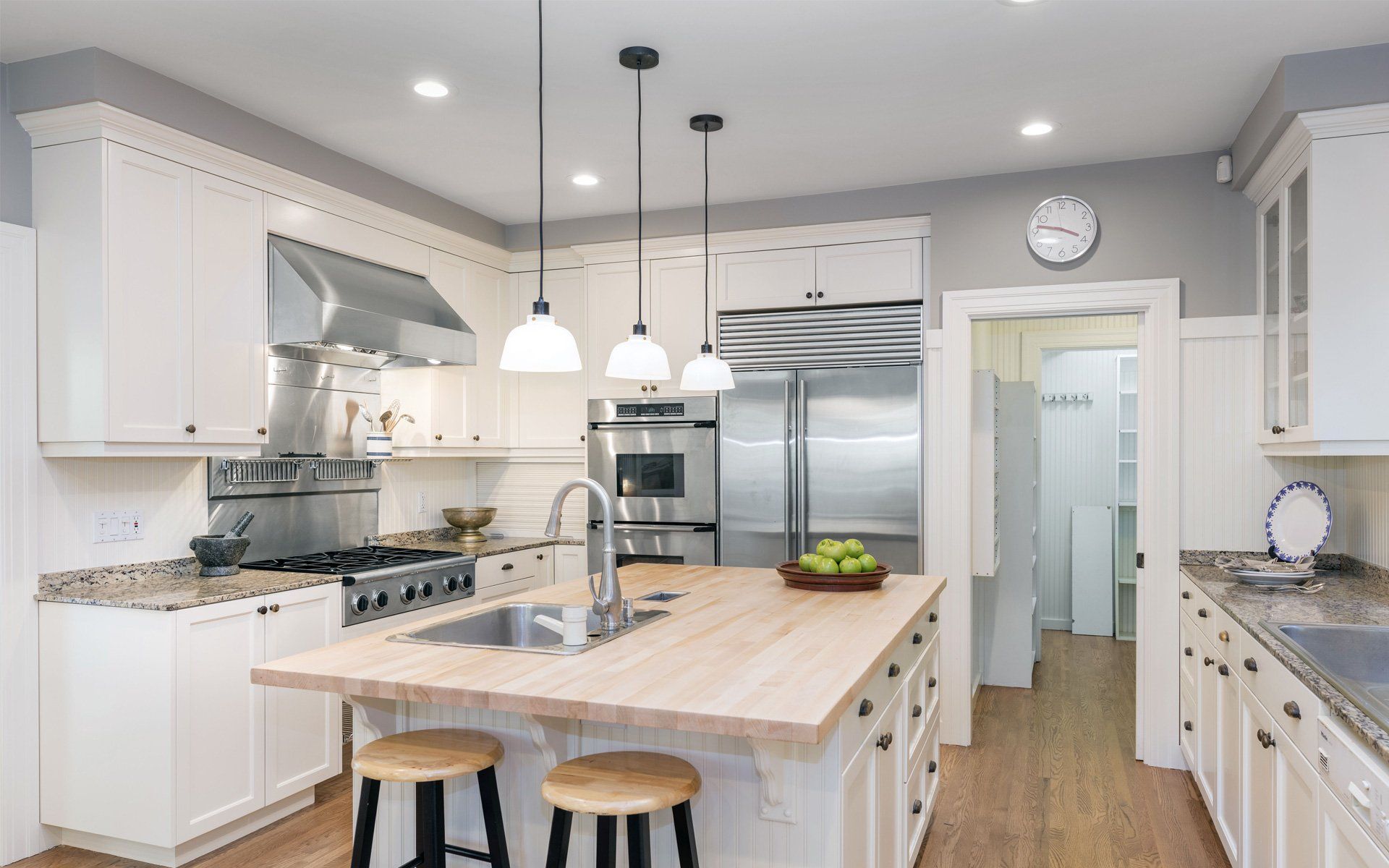
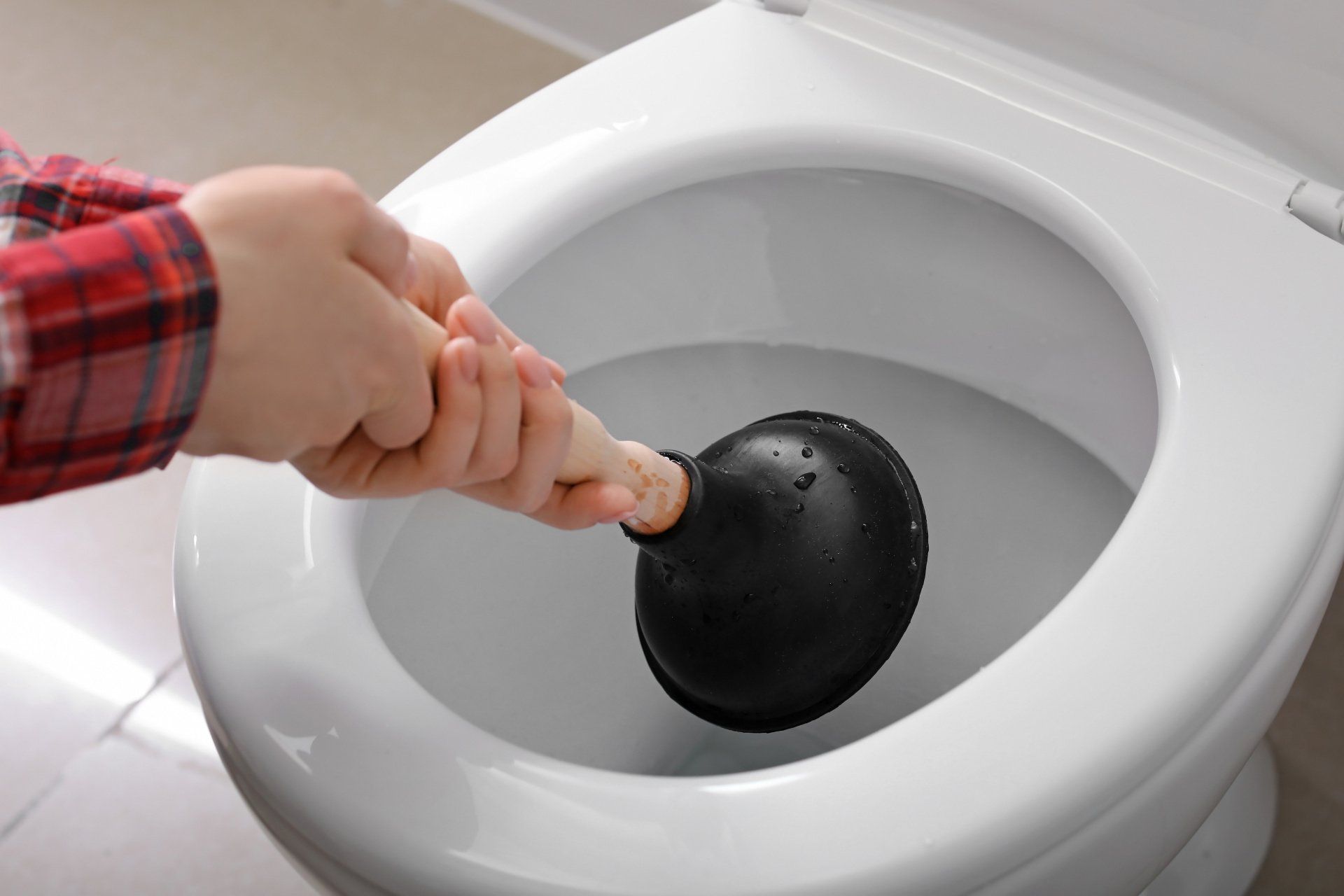
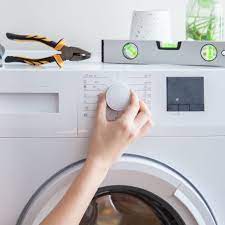
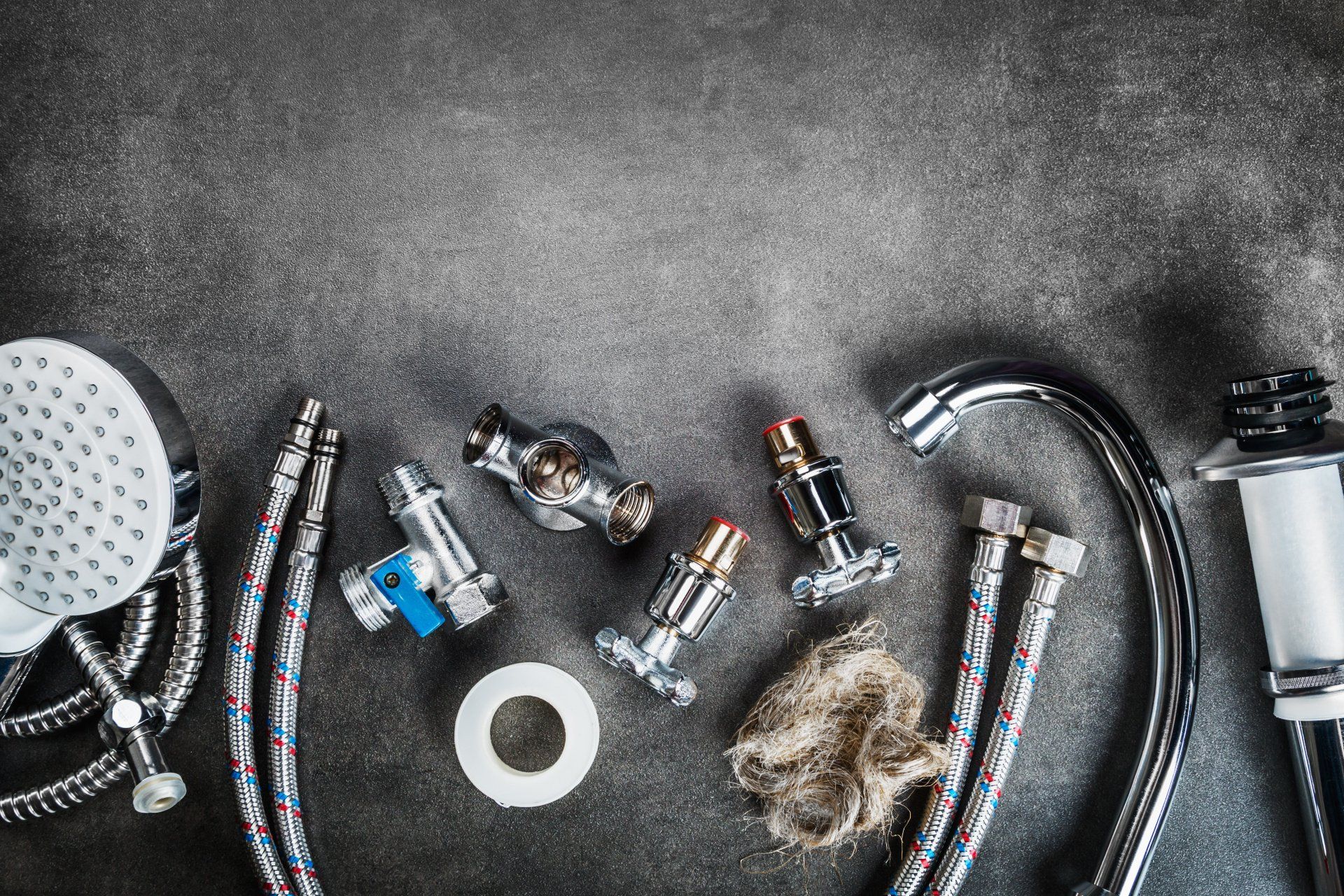
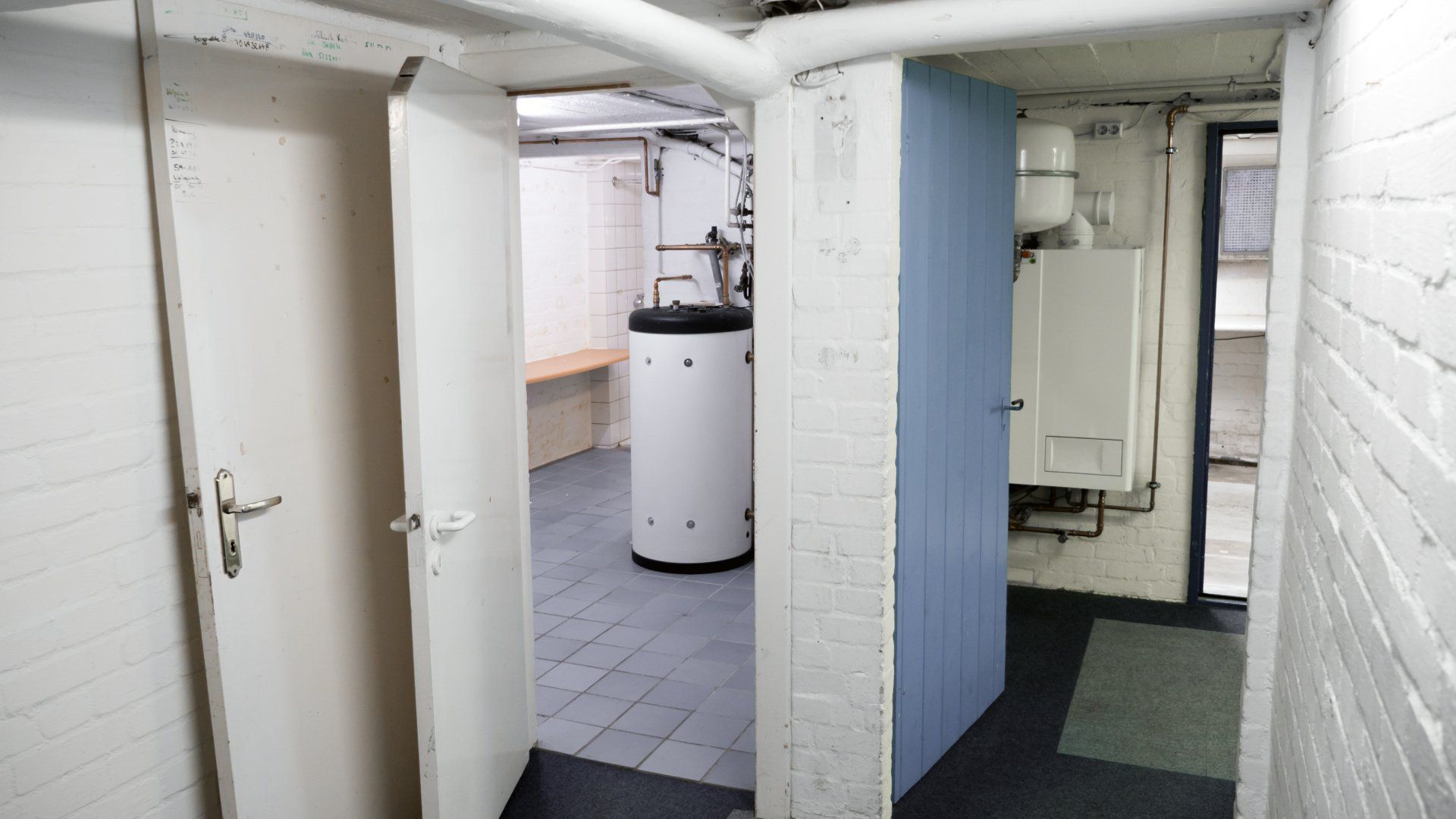
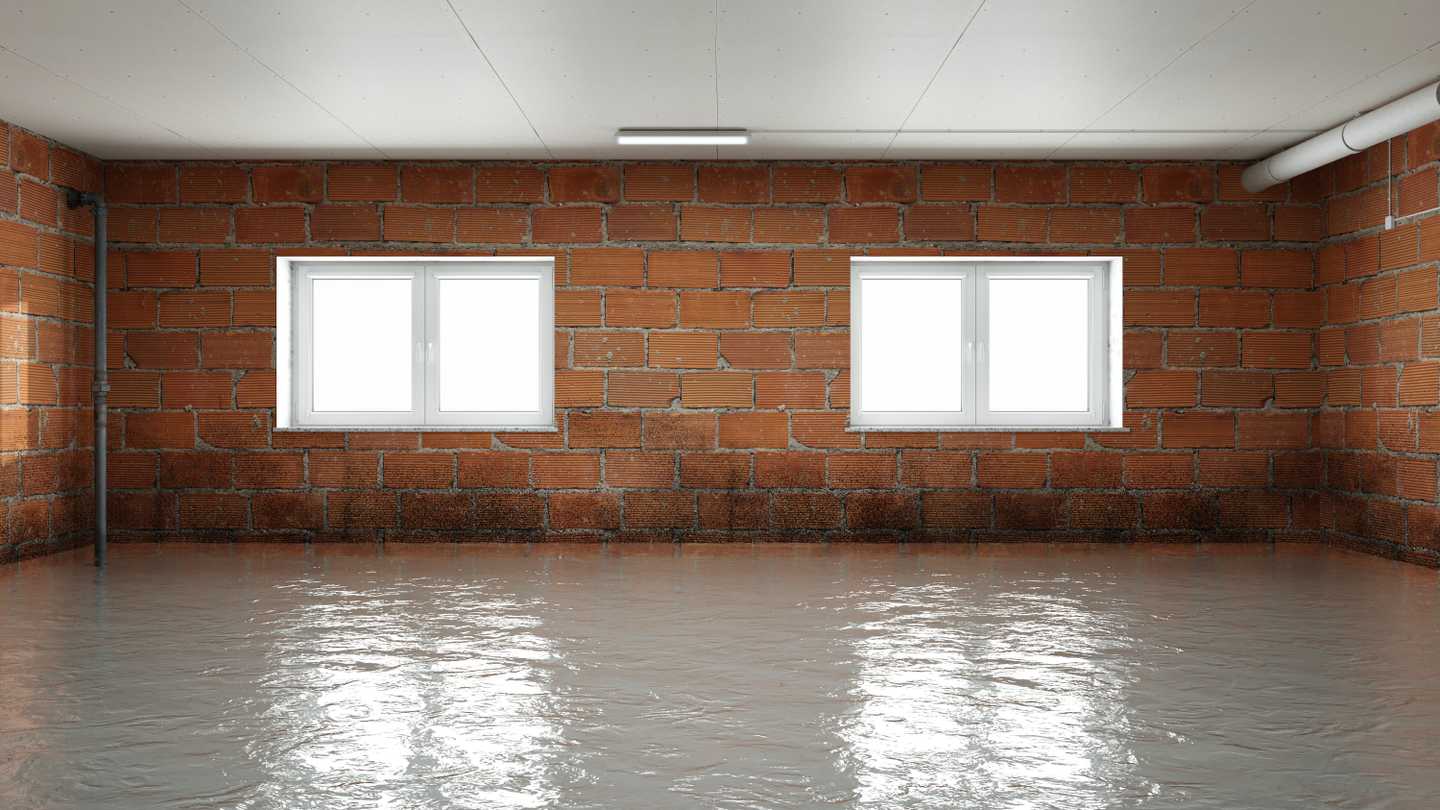
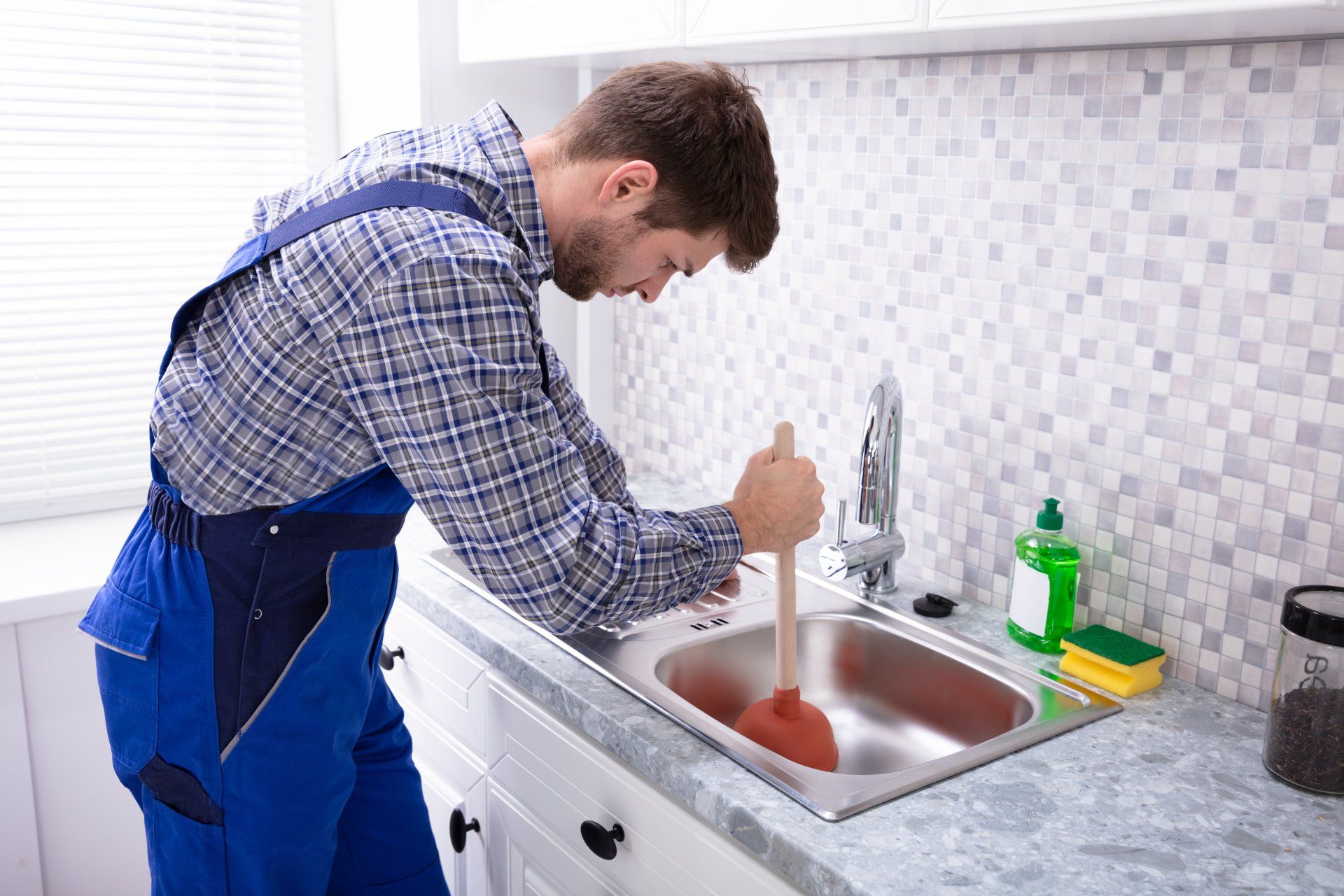
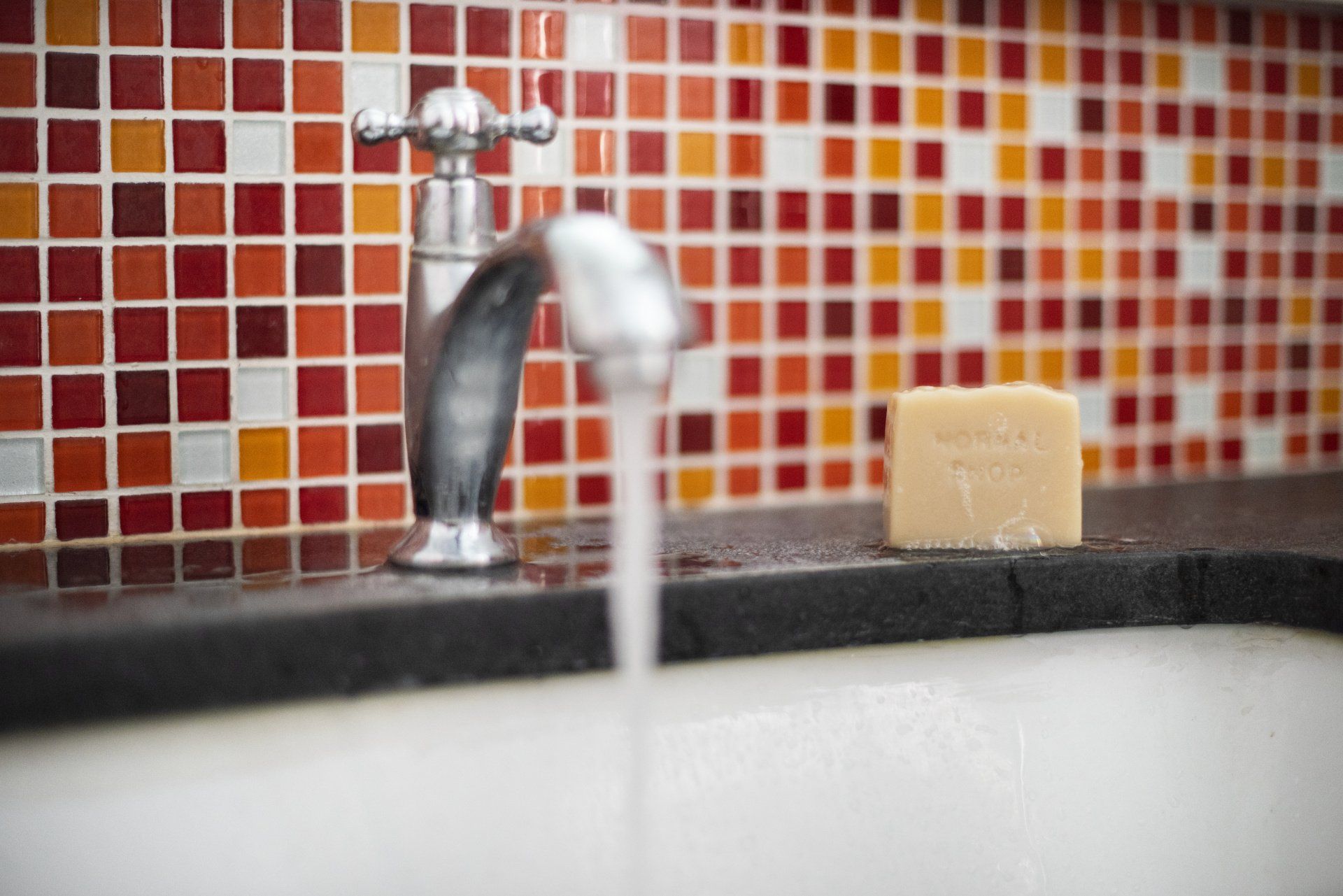



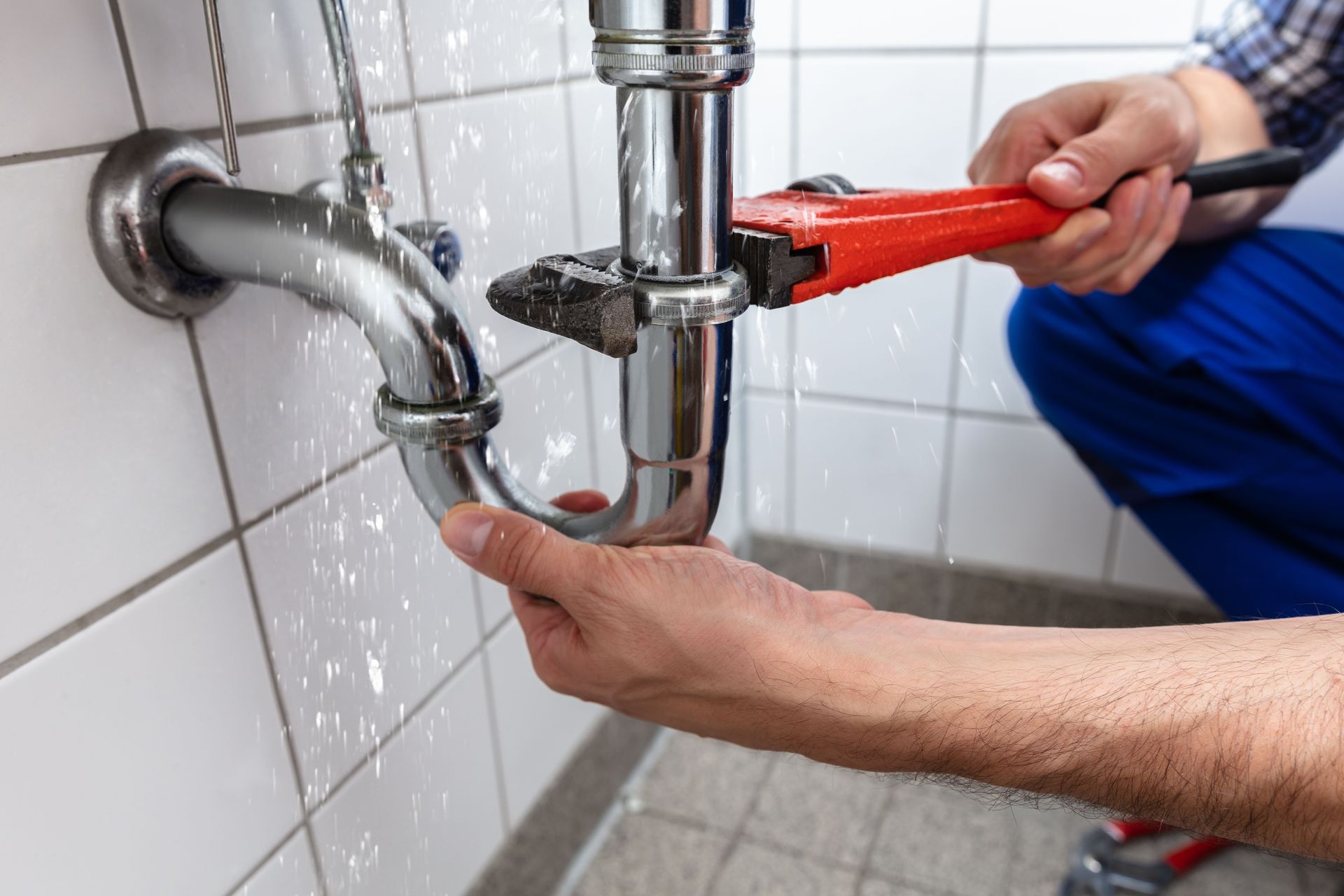
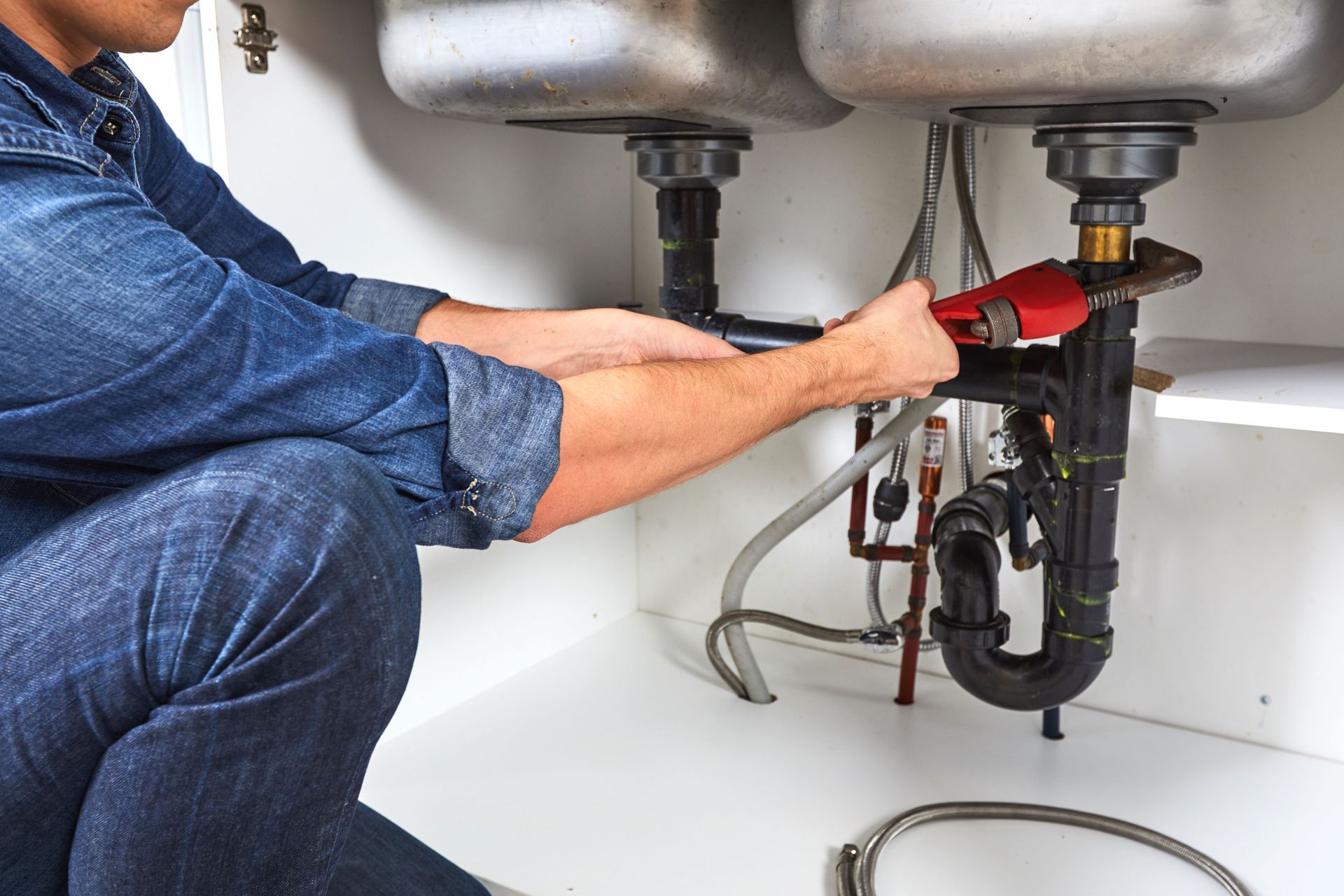
Share On: